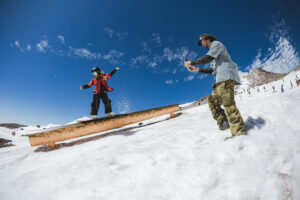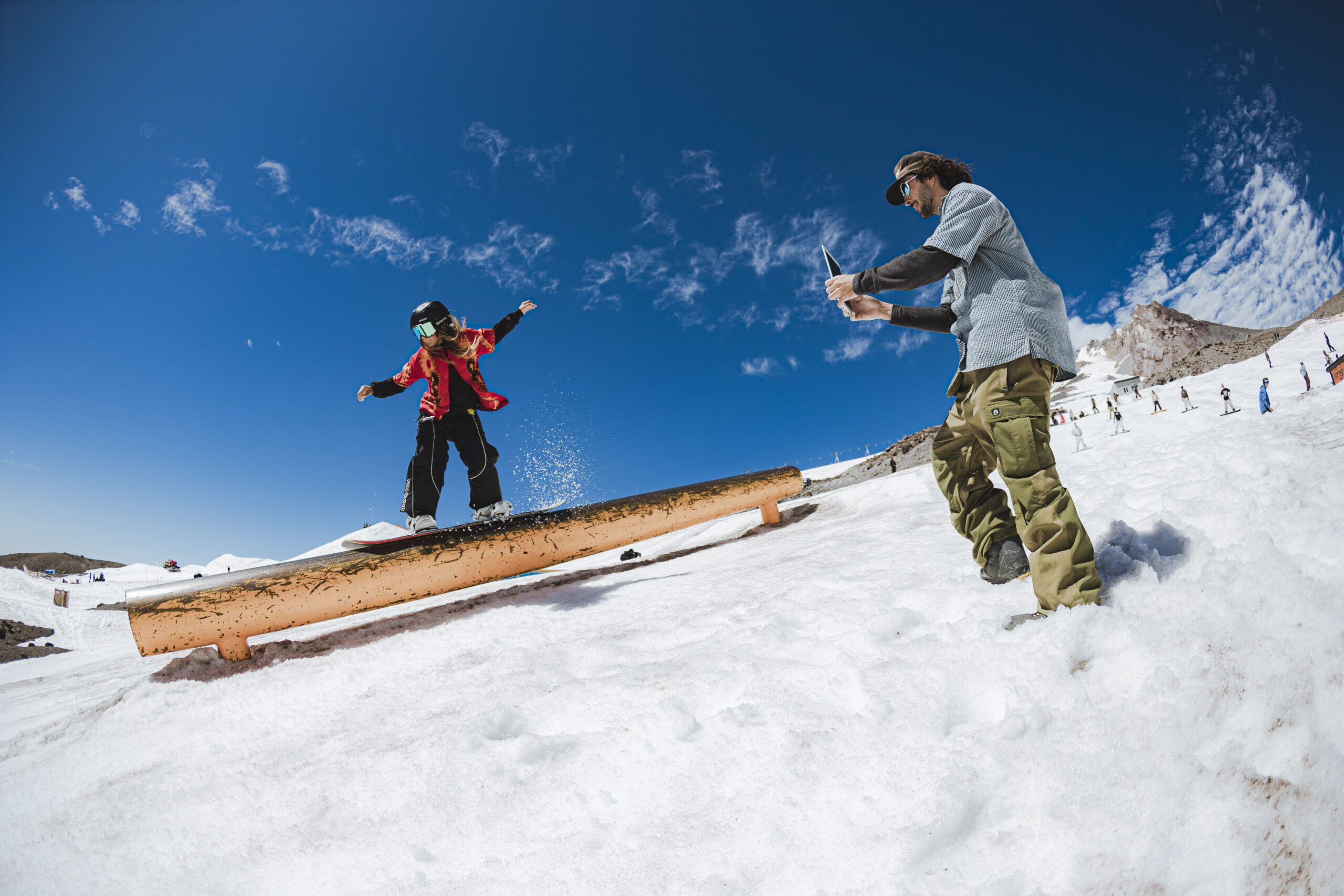

Snowboarding isn’t just a sport—it’s a lifestyle. But before you can carve down fresh powder or nail that first trick, you need the right board under your feet. Choosing a snowboard isn’t as simple as grabbing the coolest design on the rack; the wrong choice can make riding frustrating, uncomfortable, and even dangerous. The perfect snowboard, on the other hand, feels like an extension of you—helping you ride with control, confidence, and pure joy. In this guide, we’ll break down everything you need to know about selecting the ideal snowboard for your style, skill level, and favorite terrain. Whether you’re stepping onto the snow for the first time or upgrading your gear, you’re about to make the smartest snowboard choice of your life.
Choosing the right snowboard is one of the most important decisions a rider can make, whether you’re a first-time beginner or a seasoned shredder. Your board is your direct connection to the snow—it affects your control, stability, speed, and overall experience on the slopes. Picking the wrong snowboard can make riding harder, less comfortable, and even unsafe, while the right one will feel natural and allow you to progress faster.
Many new riders assume that any snowboard will do, but in reality, different boards are designed for specific terrains, riding styles, and skill levels. For example, a board meant for freestyle park tricks will feel completely different from one built for carving steep mountain runs. Your height, weight, boot size, and personal preferences all play a role in choosing the perfect fit.
In this guide, we’ll break down everything you need to know about selecting a snowboard that matches your style, skill, and goals. From understanding board types and shapes to learning about flex, width, and materials, you’ll get a clear picture of what to look for. By the end, you’ll feel confident walking into a snowboard shop or shopping online, knowing exactly what works for you.
Snowboards come in different types, each built for a specific style of riding. Choosing the right type depends on the terrain you enjoy most and how you want to ride. Here are the main categories:
Understanding these categories will help narrow your search. Beginners typically start with an all-mountain board for versatility, while experienced riders might choose a specialized type for their preferred terrain.
Snowboard length and width are critical for balance, control, and comfort. The general rule for length is that the board should stand between your chin and nose when placed upright. However, your weight and riding style also play a big role. Lighter riders can go slightly shorter for easier turns, while heavier riders may prefer a longer board for stability at higher speeds.
Width is equally important. A board that’s too narrow can cause toe and heel drag, while one that’s too wide may feel sluggish. The width should match your snowboard boot size, with just a slight overhang for optimal edge control. Most riders with boot sizes up to US men’s 10 can use a standard width, while larger sizes may require a wide board.
Shorter boards are easier to maneuver and ideal for freestyle tricks, while longer boards provide more stability for carving and powder riding. It’s all about finding the balance between agility and control based on where you ride most often.
A properly sized snowboard will make riding more comfortable, reduce fatigue, and help you progress faster on the slopes.
Snowboard shape impacts how the board handles different conditions and riding styles. Here are the most common shapes:
The shape also works hand-in-hand with the board’s camber profile (how the board curves when viewed from the side). Profiles like camber, rocker, and hybrid offer different levels of pop, float, and stability.
Choosing the right shape is all about matching it to your terrain and riding style. Park riders love true twins for switch tricks, while powder enthusiasts prefer tapered directional boards for better float.
Flex rating refers to how much a snowboard bends under pressure, and it has a huge impact on how the board rides. Flex is usually rated on a scale from 1 (softest) to 10 (stiffest).
Soft boards are fun for freestyle tricks, while stiff boards excel in stability and edge hold for big mountain riding. Your body weight also affects flex—heavier riders will naturally flex a board more than lighter riders.
Choosing the right flex depends on your riding style, terrain, and skill level. Beginners should generally start with a softer board, while advanced riders may opt for a stiffer flex for precision and power.
Snowboards are made from a combination of materials that affect performance, weight, and durability. Most boards feature a wood core—commonly poplar, bamboo, or aspen—for strength and flexibility. The core is wrapped in fiberglass layers to add stiffness and responsiveness.
High-performance boards may include carbon fiber strips for extra pop and reduced weight, or Kevlar for shock absorption. The base material is usually either extruded (low-maintenance, slower, and cheaper) or sintered (faster, more durable, but requires regular waxing).
Edges are typically made from steel for durability, and sidewalls are reinforced to withstand impacts. The top sheet is the graphic layer, often made of lightweight materials to protect the core.
Construction methods vary—some boards are sandwich construction for better performance, while others use cap construction for lighter weight.
Understanding materials helps you choose a board that suits your needs. A beginner-friendly board may prioritize flexibility and forgiveness, while an advanced board will focus on speed, power, and precision.
When buying a snowboard, start by identifying your riding style—all-mountain, freestyle, freeride, or powder—and choose a board type that matches it. Consider your height, weight, and boot size when determining length and width. If you ride in mixed conditions, opt for a versatile all-mountain or directional twin board.
Visit a local snowboard shop if possible and get hands-on with different boards. Standing on them and flexing them in-store can help you feel the difference between models. Don’t overlook bindings and boots—your setup should work as a complete system.
If you’re new to snowboarding, consider renting different boards before buying to discover what feels best. Also, look for seasonal sales or last year’s models to save money without sacrificing quality.
Lastly, remember that snowboarding is as much about comfort and enjoyment as it is about performance. The perfect snowboard should feel like an extension of you, helping you ride with confidence and have fun in every condition.
Beginners usually do best with a snowboard that stands between their chin and nose when placed vertically. This length provides stability and control while still being easy to maneuver. Your weight also matters—heavier riders may need slightly longer boards for better support.
Yes. The width of your snowboard should match your boot size to avoid toe or heel drag. Riders with smaller feet need narrower boards, while those with bigger feet should choose wide models for a comfortable, balanced ride.
Camber boards have a slight arch in the middle, offering stability and pop—great for carving and speed. Rocker boards curve upward at the tips, making them easier to turn and ideal for powder and beginners. Hybrid profiles combine both for versatility.
An all-mountain snowboard is the most versatile option, performing well in a variety of terrains including groomed runs, powder, and small park features. It’s ideal if you want one board for everything.
Flex affects how your board handles. Softer flex boards are forgiving and easier to control, making them perfect for beginners and park riders. Stiffer boards offer more stability at high speeds and are better for advanced riders.
Graphics are fun, but performance should come first. Focus on board type, size, flex, and profile before worrying about looks—though finding a design you love can boost your confidence on the slopes.
If you ride regularly, a snowboard can last 3–5 years before losing its pop and responsiveness. However, with proper maintenance and occasional tuning, some riders keep their boards in good shape for much longer.

Discover the ultimate snowboard buying guide to choose the perfect board for your style, skill level, and terrain. Learn about board types, sizes, shapes, flex, and pro tips to ride with confidence.